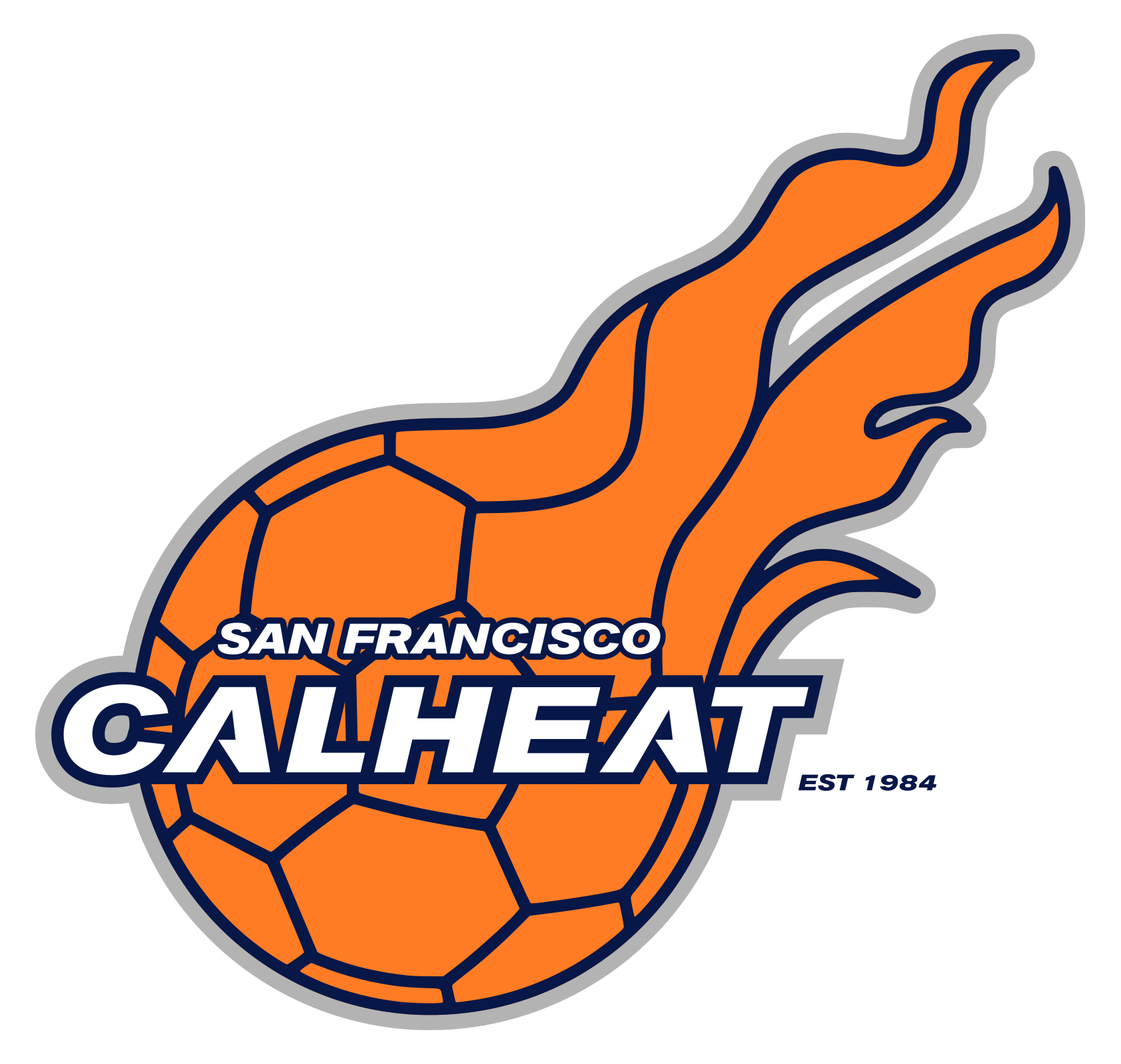Team Handball for High Schools
Youth Handball Trainingsplan
(by Danilo Rojevic, Head Coach SF Calheat Men)
The objective of this document is to provide directional thoughts on coaching youth athletes and
teams, aged 15 to 17 y.o. Youth players play a central role in a sports organization as the talent
pool which will ultimately feed the senior team’s development and growth. As opposed to
players in younger age categories (8-14 y.o.), youth team handball athletes are expected to be
equipped with the right technical fundamentals (e.g. passing, 1:1, shooting, defense, pressure,
etc.) and are both sensitive and knowledgeable of the collective dynamic of play.Youth team handball coaches have a different set of responsibilities to ensure youth athletes
are set up for success in the senior teams. Those duties consist of: (a) master fundamentals ,
(b) expand technical portfolio , (c) develop tactical awareness and knowledge and (d)
enhance physical condition . The challenge for youth coaches is to provide the right mix of
training across those four (4) aspects over a 2 to 3 years time-frame.
For this level we recommend to use handballs of size 2.
Access the document in this link.
Team Handball for Middle Schools
The “Teaching Handball at School” document, provided by the IHF is a good resource of drills and basics for any coach. Pages 12-13 provides an overview of the basics that need to be drilled for this age group.
Couple of important takeouts:
- Favor high activity in small groups by setting up games and exercises in a way students have the longest possible movement time, as many ball contacts as possible and of course many throws at the goal during one lesson
- Mix core individual and group exercises to develop motricity skills and collective integration. This is an important practice aspect for this age group and also a crucial one in the development of a child. Ball handling skills should make a large part of training plans as early as possible while basic defense and offense skills (incl. goalkeeping techniques) should be brought up as the child grows (12 y.o. and up). You can find a good set of exercises here
- Small games and tactical games are ideal approaches for the development of the best possible playing skills. The game provides competitiveness for the kids, and simultaneously trains core fundamental techniques learnt individually. Ultimately, games help set up the kid for a successful transition to youth
- Physical exercises are also for kids. We want to implement exercises that train coordination, reaction, high-intensity speed – all within ball handling exercises or games
For this level we recommend to use handballs of size 1.
Access the document in this link.
IHF_H@S_booklet_1_FV_WEB1p
We are thankful for the support of the US Team Handball Foundation
